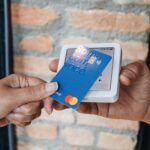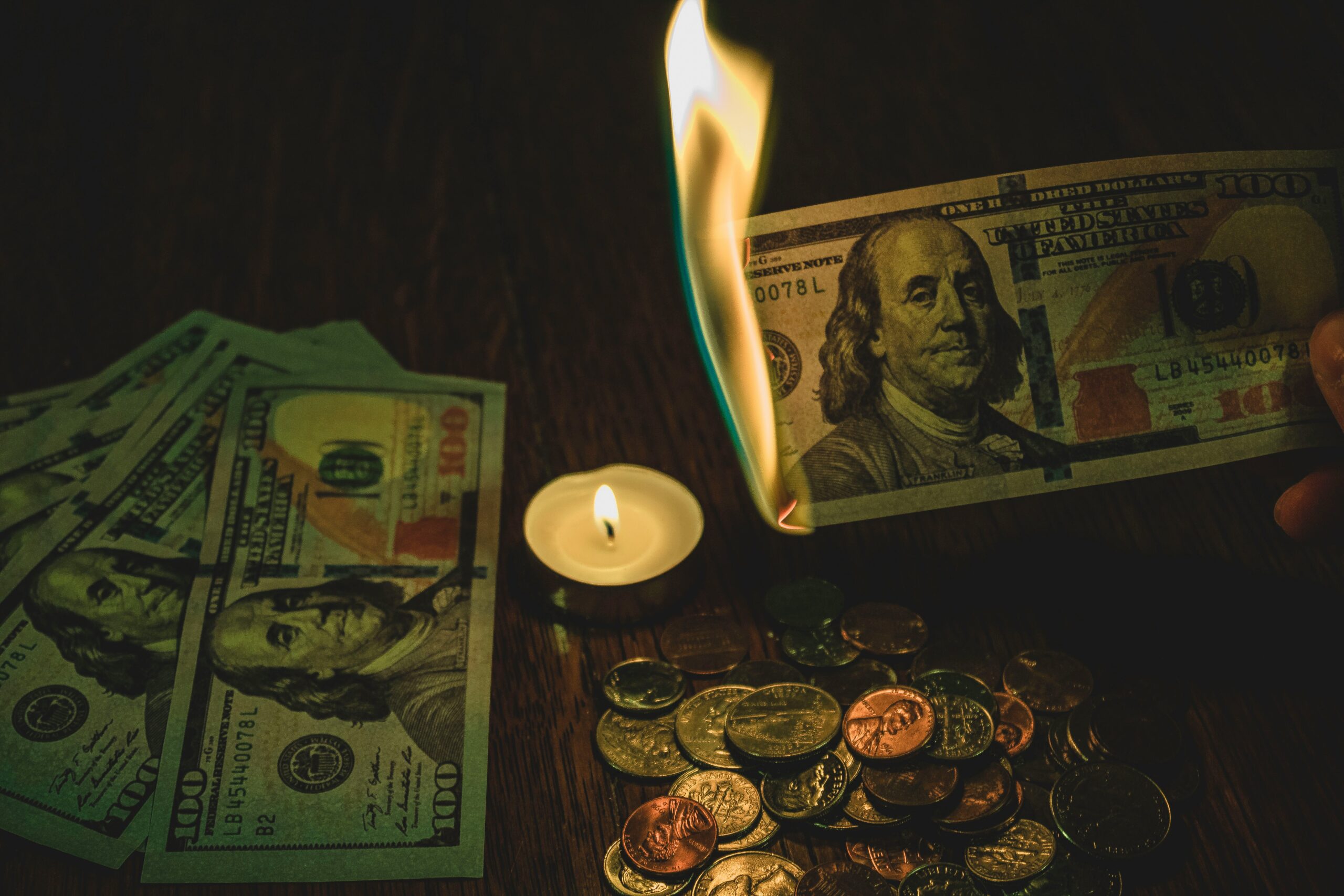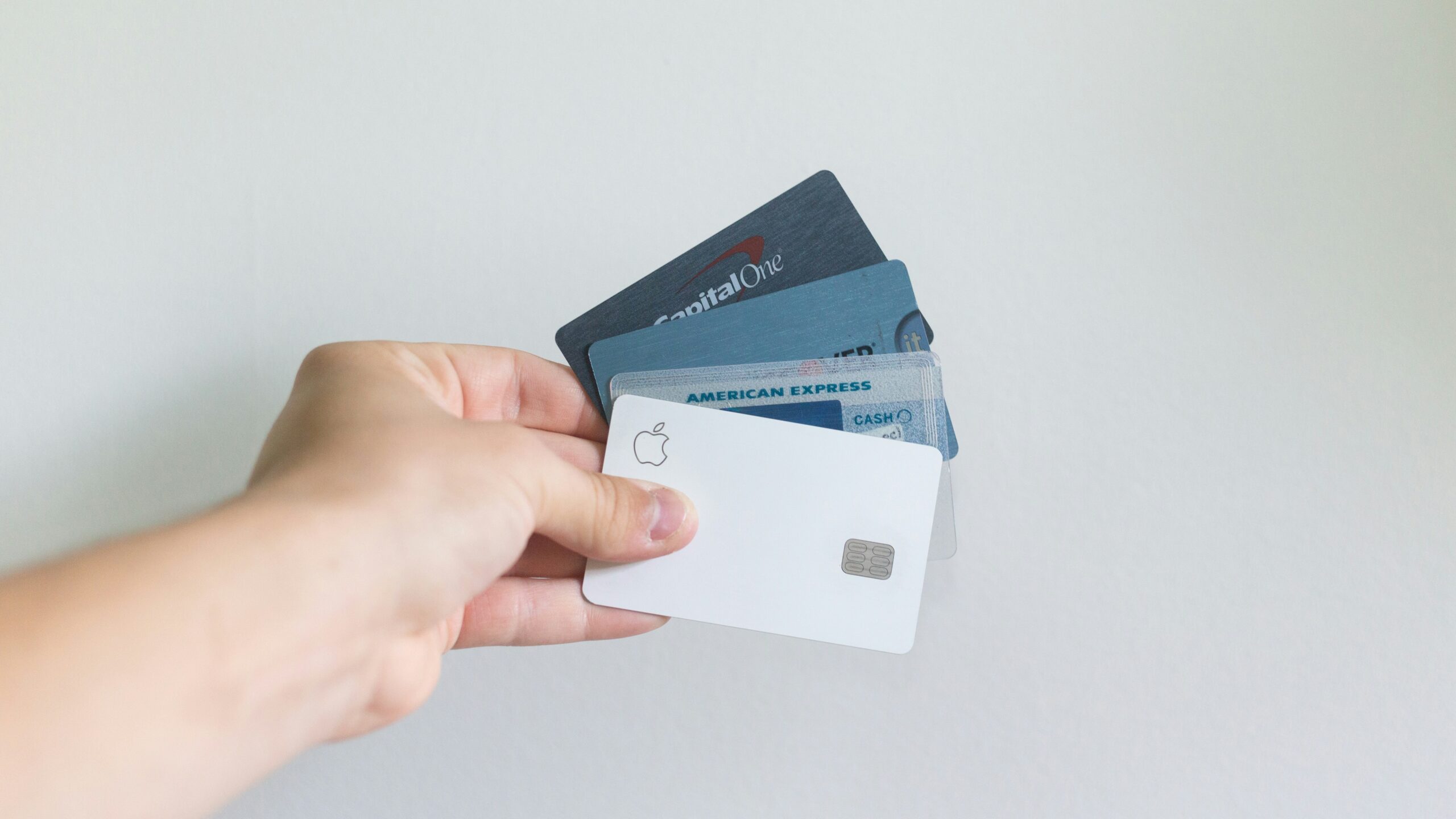Life is unpredictable—cars break down, medical bills show up, and jobs can be lost unexpectedly. That’s why an emergency fund is one of the most essential building blocks of financial stability. But what exactly is it, and how can you build one even if you’re starting with zero?
In this article, you’ll learn the purpose of an emergency fund, how much you should save, where to keep it, and actionable steps to start building yours today—no matter your income.
What Is an Emergency Fund?
An emergency fund is a stash of money set aside to cover unexpected, urgent expenses such as:
- Medical emergencies
- Job loss or reduced income
- Major car or home repairs
- Emergency travel
- Pet emergencies
This fund acts as a financial cushion, so you don’t have to rely on credit cards or loans when life throws you a curveball.
Why Is It So Important?
Here’s what an emergency fund provides:
- Peace of mind: You’ll sleep better knowing you’re prepared.
- Financial freedom: You won’t have to go into debt to handle emergencies.
- Stability during crises: You can cover essentials while you get back on your feet.
- Confidence to take risks: Like changing jobs, moving, or starting a business.
Even a small emergency fund can make a big difference in stressful times.
Read more: How to Build the Habit of Saving Money Consistently
How Much Should You Save?
There’s no one-size-fits-all amount, but here are general guidelines:
Beginner Goal:
Start with $500 to $1,000. This handles most minor emergencies and helps you break the cycle of living paycheck to paycheck.
Long-Term Goal:
Aim for 3 to 6 months’ worth of essential expenses (not income). Include:
- Rent or mortgage
- Utilities
- Groceries
- Transportation
- Insurance
- Minimum debt payments
If your income is unstable or you have dependents, consider aiming for 6+ months of expenses.
Where to Keep Your Emergency Fund
The ideal emergency fund should be:
- Separate from your checking account to avoid temptation
- Liquid—easy to access but not too easy to spend
- Safe—not at risk of losing value
Best options:
- High-yield savings account: Earns interest and offers quick access
- Money market account: Offers slightly higher returns with similar safety
- No-penalty CDs (optional): Lock in better rates with some flexibility
Avoid keeping your emergency fund in:
- Stocks or risky investments
- Cash under your mattress
- Locked retirement accounts (penalties apply)
How to Build an Emergency Fund From Scratch
1. Set a Mini-Goal
Start with something achievable, like saving your first $100 or $500. Break big goals into weekly or monthly targets.
2. Create a Dedicated Savings Account
Open a separate account named “Emergency Fund” to mentally and physically separate it from your regular spending.
3. Automate Your Savings
Set up automatic transfers from your checking account every payday—even if it’s just $10 or $25. Small, consistent contributions add up over time.
4. Cut Back on Non-Essentials
Temporarily reduce or eliminate:
- Takeout meals
- Streaming subscriptions
- Impulse purchases
- Extra trips or activities
Redirect those savings into your emergency fund.
5. Use Windfalls Wisely
When you receive unexpected money (tax refund, bonus, gift), consider putting a chunk—if not all—into your emergency fund.
6. Track and Celebrate Milestones
Each step forward counts. Use a visual tracker, like a thermometer chart or app, to stay motivated and measure your progress.
The beginner’s guide to building an emergency fund
What NOT to Use Your Emergency Fund For
Your emergency fund is not for:
- Vacation or holiday spending
- Big purchases like furniture or electronics
- School supplies or planned bills
- Paying for gifts or entertainment
If you’re unsure, ask yourself:
“Is this urgent, necessary, and unexpected?”
If not, don’t touch the fund.
When to Rebuild the Fund
If you dip into your emergency fund—which is exactly what it’s there for—make rebuilding it a top priority. Return to automatic contributions or increase your saving pace temporarily.
Final Words: Prepare Now, Worry Less Later
Emergencies are a matter of “when,” not “if.” A fully-funded emergency fund turns a financial crisis into a manageable inconvenience. Start small, stay consistent, and protect your financial peace of mind.
Remember: The best time to build an emergency fund was yesterday. The second-best time is today.
Assine nossa newsletter e receba dicas reais pra organizar sua vida financeira







